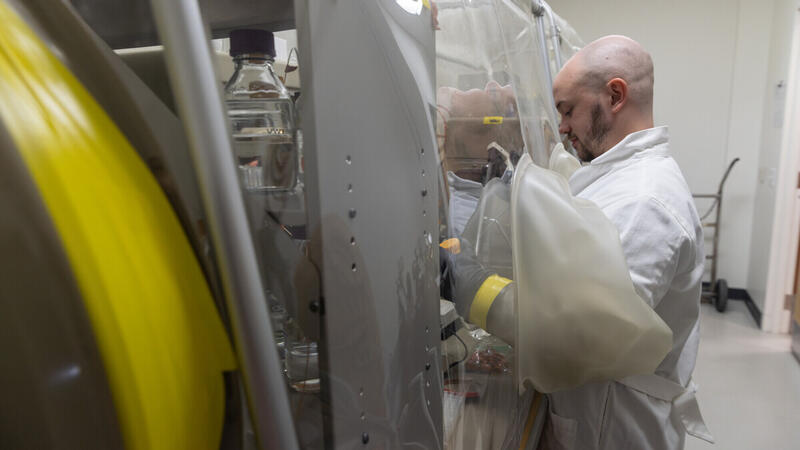News
Dual approaches pinpoint genes for better biofuel production
What began twenty years ago as an innovation to improve paper industry processes and dairy forage digestibility may now open the door to a much more energy- and cost-efficient way to convert biomass into fuel.
You have to go back a long way to trace the origins of Great Lakes Bioenergy Research Center (GLBRC) researcher Bruce Dale’s passion for biofuels and renewable energy.
At the core of lignin – the organic glue that gives plant tissues their structure and sturdiness – is a chemical knot that, like any good knot, resists untangling.
Jeremy Luterbacher, a UW-Madison postdoctoral researcher and the paper's lead author, explains how the Dumesic Lab uses gamma valerolactone, or GVL, to deconstruct plants and produce sugars that can be chemically or biologically upgraded into biofuels.
For decades, John Ralph’s group has been focusing its expertise in biology, chemistry and engineering on one of the most persistent hurdles to a bio-based fuel economy: lignin. As the organic polymer that binds plant cell, vessel and fiber cell walls, lignin resists chemical and enzymatic processing and thus acts as a structural barrier to converting biomass into liquid fuels.
Michigan Biotechnology Institute (MBI) and Michigan State University (MSU) welcomed President Obama and Secretary of Agriculture Tom Vilsack to campus and the MBI facility on February 7, 2014. The President and Secretary Vilsack toured the MBI facility prior to President Obama signing the Farm Bill at MSU’s Mary Anne McPhail Equine Performance Center.
Using a plant-derived chemical, University of Wisconsin-Madison researchers have developed a process for creating a concentrated stream of sugars that’s ripe with possibility for biofuels. With support from the Wisconsin Alumni Research Foundation, the team will begin scaling up the process later this year.
When it comes to biofuels, corn leads the all-important category of biomass yield. However, focusing solely on yield comes at a high price.





